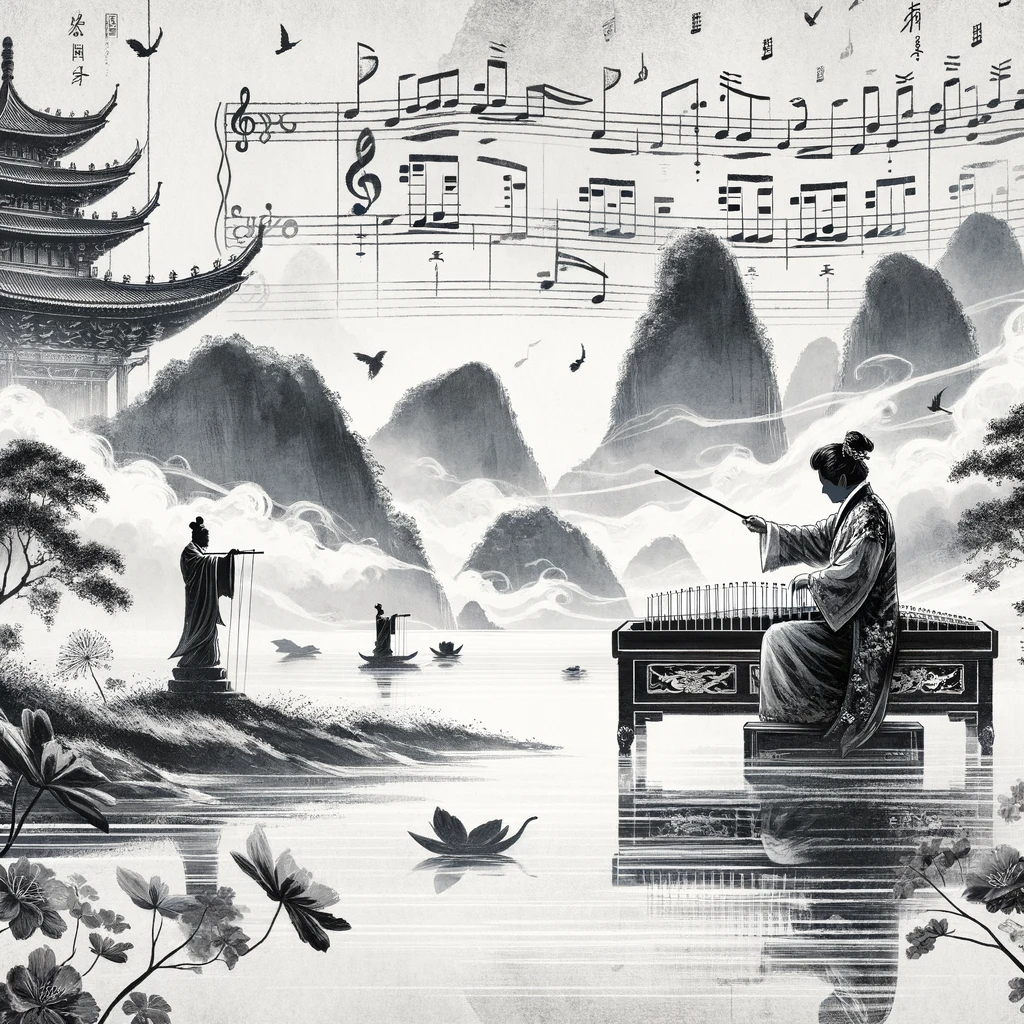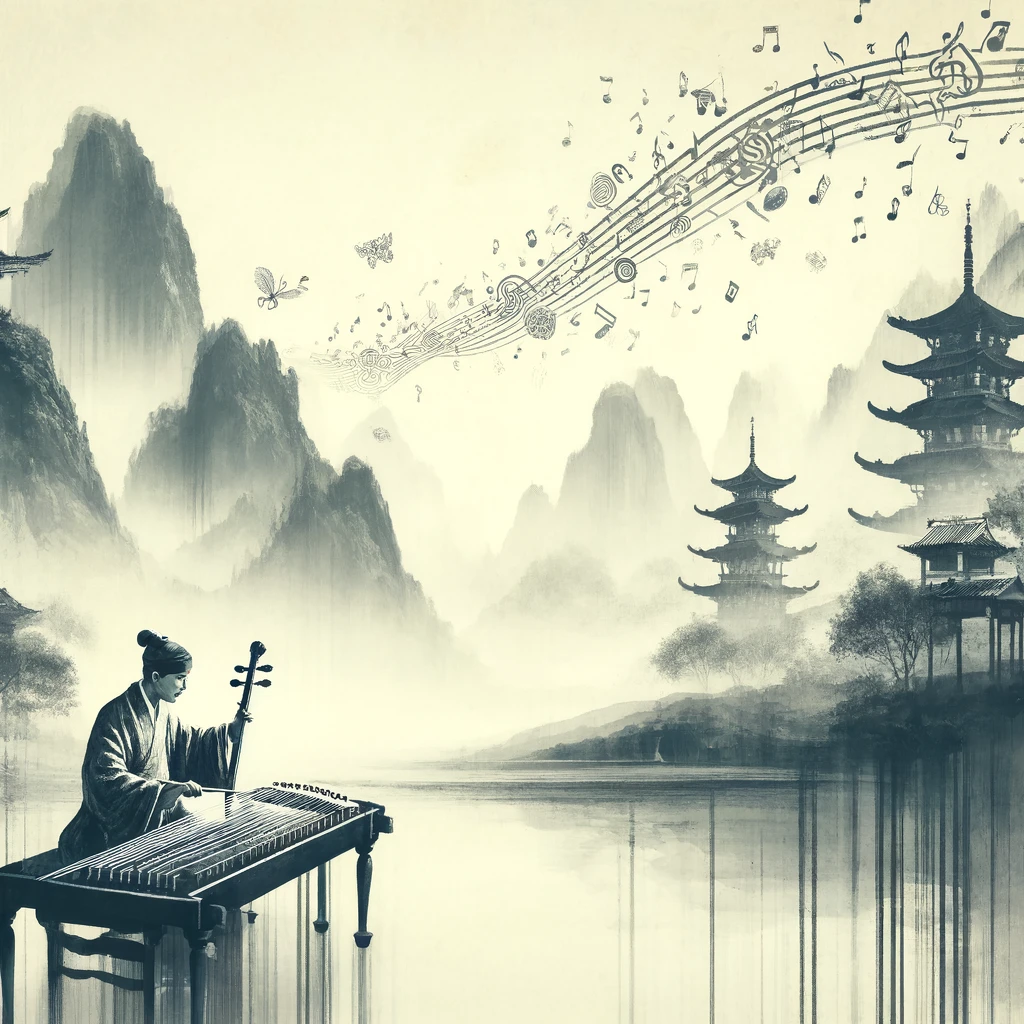
Beethoven’s Legacy in Asia: A Cultural and Musical Influence
Ludwig van Beethoven, a name synonymous with classical music’s zenith, has not only enthralled Western audiences but also left an indelible mark on Asian cultures. This exploration delves into how Beethoven’s work resonated in the East, particularly in China, and how his music transcended cultural and geographical barriers.
Beethoven’s Entry into China
The journey of Beethoven’s music into Asia, especially China, is as fascinating as it is profound. It began with Li Shutong, an intellectual who, amidst the political upheaval of the Qing dynasty’s collapse, introduced Beethoven to Chinese audiences in 1906. Shutong’s perspective on Beethoven was not merely musical but deeply moralistic, seeing in the composer’s life a paragon of overcoming adversity. This admiration for Beethoven’s resilience – his triumphs despite personal setbacks like hearing loss – resonated deeply with the Chinese ethos of “chi ku,” or enduring hardship for greater achievements (Stanford News).
Political Tides and Beethoven’s Symphony
Beethoven’s music, particularly his symphonies, became enmeshed in the complex socio-political fabric of China. During the Cultural Revolution (1966-76), Beethoven’s works were initially banned, deemed subversive and Western. However, this only fueled a clandestine admiration among the Chinese. The political climate around Western culture shifted frequently, and with it, the reception of Beethoven’s music. His works eventually turned into symbols of resilience and defiance, with the “Ode to Joy” from the Ninth Symphony notably being played during the 1989 Tiananmen Square demonstrations (Stanford News).
Symphony No. 4: A Beacon of Innovation
Beethoven’s Symphony No. 4, though less acclaimed than some of his other symphonies, serves as a testament to his innovative spirit. Composed in 1806, during a tumultuous period in European history marked by the Napoleonic Wars, this symphony reflects the transitional phase not only in Beethoven’s life, grappling with hearing loss, but also in the broader cultural shift from the Classical to the Romantic era. This symphony, with its blend of classical structure and romantic expressiveness, resonates deeply with the Asian aesthetic of harmonizing tradition and innovation (LVBEETHOVEN.COM).
Beethoven’s Enduring Influence in Asia
The profound influence of Beethoven in Asia extends beyond his symphonies. In educational settings, his life and works are routinely taught, with his music being integral to the classical music curricula. Statues of Beethoven, a rare homage to a foreign figure, stand in China, underscoring his iconic status. This cultural integration signifies a bridge between the East and the West, highlighting the universal appeal of Beethoven’s music.
Beethoven as a Cultural Icon
Beethoven’s journey in Asia is not just about music; it’s about cultural dialogue and connection. As illustrated by scholars like Stanford’s Jindong Cai, Beethoven serves as a conduit for understanding and relating Eastern and Western cultures. His hardships and triumphs provide a narrative that is universally relatable, transcending cultural and linguistic barriers. Beethoven’s music in Asia is not just heard; it is experienced and internalized, becoming a part of the collective consciousness.

Beethoven’s Concert Tours in Asia: A Historic Perspective
Beyond his symphonies and their academic study, Beethoven’s influence in Asia includes historic concert tours that introduced his works to new audiences. Although Beethoven himself never visited Asia, European and local orchestras have frequently toured the continent, performing his compositions. These tours have played a significant role in embedding Beethoven’s music in the cultural tapestry of Asian countries.
Beethoven’s Relevance in Contemporary Asian Music
In modern times, Beethoven’s impact is evident in the works of contemporary Asian composers and musicians. Many have drawn inspiration from his compositions, integrating Western classical motifs with traditional Asian musical elements. This fusion has led to a unique genre that respects classical roots while embracing local cultural influences.
Beethoven and Asian Music Education
Beethoven’s music has become a staple in music education across Asia. Music schools and conservatories often include his works as essential components of their curriculum. This educational aspect has played a crucial role in perpetuating his influence, as generations of Asian musicians are trained in the techniques and expressions pioneered by Beethoven.
The Cultural Exchange: East and West
The admiration for Beethoven in Asia isn’t one-sided; there has been a reciprocal influence where Asian interpretations of Beethoven’s works have also impacted Western perspectives. Asian musicians and conductors bring a unique interpretation to his music, often influenced by their cultural backgrounds, which has been well-received in Western classical music circles.
Beethoven’s Music: A Symbol of Unity and Peace
In various Asian countries, Beethoven’s music has been employed as a symbol of unity and peace, transcending political and social differences. For instance, orchestral performances of his symphonies have been used in diplomatic events and international gatherings, symbolizing harmony and mutual respect among nations.
Conclusion
Ludwig van Beethoven’s legacy in Asia exemplifies the power of music to cross borders and build cultural bridges. His life and works continue to inspire, educate, and bring together people across the continent, proving that true art knows no boundaries. As we delve into the 21st century, Beethoven’s music remains as relevant and influential in Asia as ever, a timeless testament to its universal appeal and power.